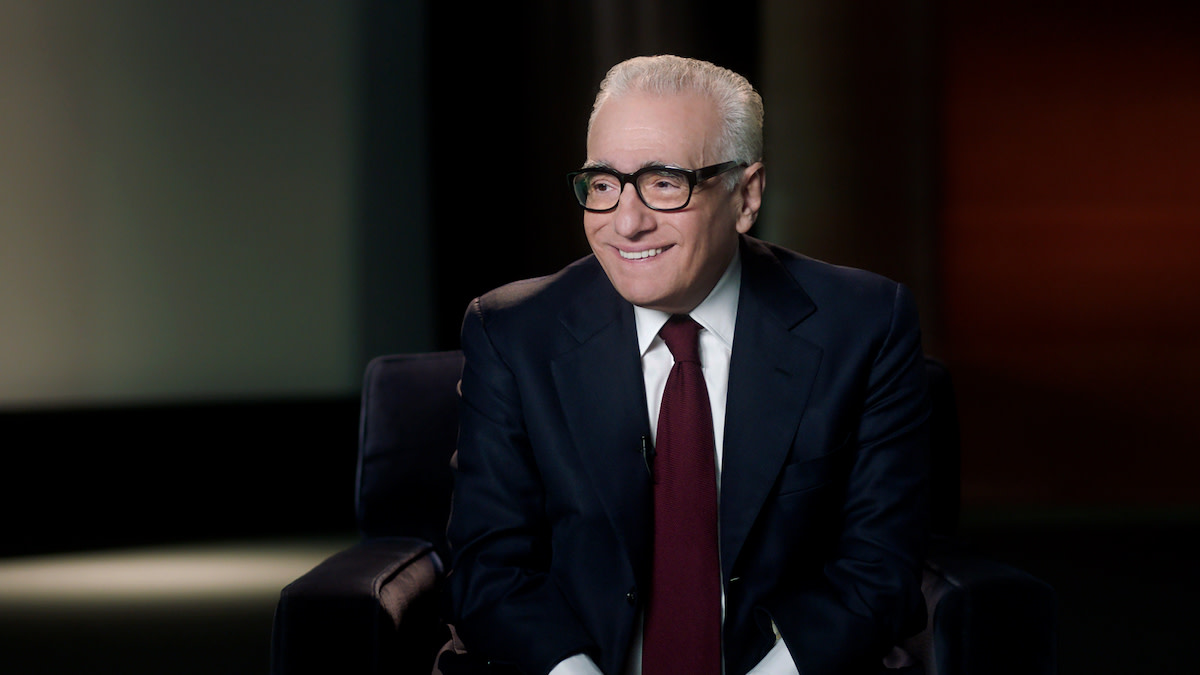Martin Scorsese’s Tips for Directing Actors
Written by MasterClass
Last updated: Aug 25, 2021 • 4 min read
Whether you are directing an independent film for the first time or angling for your second Best Director Oscar, Scorsese’s tips on directing actors contain good advice that can help any director get the best performance out of their actors.
Learn From the Best
Martin Scorsese’s Tips for Directing Actors
- Get in front of the camera. Scorsese believes that a director should have experience acting themselves in order to understand how to effectively direct actors. Scorsese says: “But it's good to know something about the challenges and the fears that the actors face and the techniques they use and the different approaches they take to [do] what they do because I’m looking for the connection, that spark between us.” Directing actors requires an understanding for their craft and any good director should have a basic understanding of how professional actors work.
- Give actors freedom to try (and fail). Scorsese is clear that a film director should always allow their actors work with full freedom to make bold choices: “I guess the term director is misleading sometimes when it comes to actors...And [actors] are going to look to you to tell them where they are in the story and where they're feeling emotionally. And it's a very difficult thing.” Scorsese advocates discussing choices and performances while rehearsing with his actors: “You need to give them that freedom. Particularly you can do this in the rehearsal. There's no mistake. You just go. You do it and explore the instincts. And, then, you try to shape from there in discussion.”
- Shoot everything. A film set is a pressure filled environment, but Martin Scorsese advocates taking your time and making sure to film everything: “There are things I know don't work immediately but you shoot 'em. You just shoot them, because it's a process for the actor to go through that.” Scorsese advocates using a delicate hand when directing film acting. He argues that telling an actor ‘no’ can sometimes make even great actors feel stymied: “And if I say, ‘No, you can't do that,’ I found when I did that it threw certain kinds of actors off. It’s best to let that person, work it out...Then you use it or not.”
- You and the actor must trust each other. Over the course of his long career, Scorsese has had the good fortune of working with some of the most experienced actors in Hollywood. Scorsese says that a huge part of getting the best performances out of his cast is building trust between director and actor. He talks about the trust he has in frequent collaborator, Leonardo DiCaprio, and how instrumental that trust has been in getting some of the actor’s great performances: “DiCaprio is something else. Thirty years difference yet his instincts are very similar. And his curiosity is very similar to mine. And the ability to take chances and not be afraid is something that is remarkable and feel comfortable. This all goes in the way of trusting each other, you see...That's the key.”
- Casting is 85-90% of the picture. Between screenwriting and production comes pre-production and casting which Scorsese argues is one of the most important parts of filmmaking: “Casting is 85 to 90% of the picture for me. So, you know, all of you just starting out, insist on what you want. And you don't settle for close enough or second best. And don't imagine there's a shortcut. It's meeting the people, spending time with them, talking with them, then, putting them together with the other actors. That's a key thing and see how the actors respond.” Whether you’re working on a short film in film school, your first feature or a big budget hollywood blockbuster, putting the time in during the casting process will make a huge difference in the quality of your final product.
- Find actors who bring something natural. When casting a role, Scorsese looks for a good actor who can bring a level of natural authenticity to a role: “Certain subject matter and certain stories that I make lend themselves to that kind of directing of actors or guidance of actors. But primarily, the actor has to already be there in a way. As I said, you can't tell a person how to lean against a car in 1955 on Elizabeth Street.” Oftentimes Scorsese’s films are about real life stories and characters which makes it all the more important that an actor be able to seamlessly slip into a role. Scorsese says ultimately what he’s looking for is a mixture of fact and fiction in his films: “That's what I'm hoping for, you know, something natural. But not-- I don't know what naturalism is. I don't know what realism is. This is where I was talking about the business of the mixture of nonfiction and fiction, where it all becomes a film. I don't know what you wanna call it. But that's what it is.”
There are many aspects of filmmaking that a director has to pay attention to, from cinematography to script analysis, director’s have a hand in every single decision that gets made on a film set. By following Martin Scorsese’s advice on directing actors, new directors can vastly improve their directing skills and go into production feeling confident in their ability to get good performances out of their cast.
Want to Learn More About Film?
Become a better filmmaker with the MasterClass Annual Membership. Gain access to exclusive video lessons taught by the world’s best, including Martin Scorsese, Spike Lee, David Lynch, Shonda Rhimes, Jodie Foster, and more.
